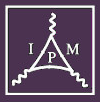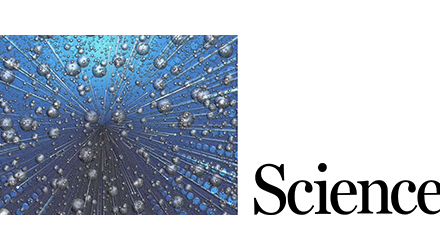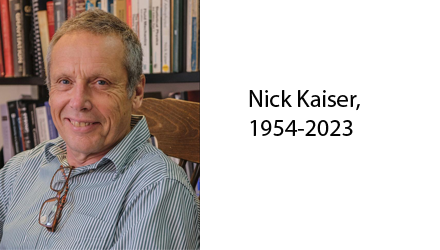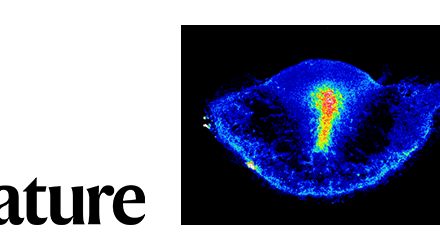The infrared is a portion of the electromagnetic spectrum that spans beyond the wavelengths accessible to human sight. This radiation is also called thermal, since, following the Planck’s law, all bodies at a room temperature emit in this range. An infrared signal consists therefore of in a small variation of photons intensity on a thermal background. Detecting it, it’s a prior and challenging issue for applications such as, night vision high-precision spectroscopy, astronomy and free space communication. In the MIR range and in adverse conditions, such as fog or dusty environment, an electromagnetic signal propagates through the atmosphere much farther than in the telecom band at 1.55µm, securing communications more efficiently. The development of a high-performance optoelectronic technology in this wavelength range is therefore highly demanded. While Quantum Cascade Lasers (QCL) are now mature and commercial semiconductor based sources, detector technology is to lagging back to low-speed performances and cryogenic temperatures. An efficient solution is provided by a heterodyne scheme, where a faint signal is amplified by the beating with a powerful laser, called the local oscillator.
QUAD group at LPENS has developed a room‐temperature mid‐infrared (λ = 9 µm) heterodyne system based on high‐performance unipolar optoelectronic devices. The local oscillator (LO) is a QCL, while the receiver is an antenna coupled quantum well infrared photodetector (QWIP) optimized to operate in a microcavity configuration. The metamaterial enables to gather photons from a collection area much bigger than its geometrical surface, thus improving the signal to noise ratio up to room temperature. Measurements of the saturation intensity show that these receivers have a linear response up to very high optical power, an essential feature for heterodyne detection.
By providing an accurate passive stabilization of the frequency of the LO laser, the heterodyne system reaches at room temperature the record value of noise equivalent power (NEP) of 30 pW at 9 µm and in the GHz frequency range. Finally, it is demonstrated that the injection of microwave signal into the detectors shifts the heterodyne beating over the large bandwidth of the devices. This mixing property is a unique valuable function of these devices for signal treatment in compact QCL‐based systems.
Figure : In the background, an EBL image of the patch antenna detector. In the foreground, it is shown the mixed heterodyne signal obtained at room temperature by injecting a microwave signal.
More:
https://doi.org/10.1002/lpor.201900207
Author affiliation:
Laboratoire de Physique de L’Ecole normale supérieure (LPENS, ENS Paris/CNRS/Sorbonne Université/Université de Paris)
Corresponding author:
Communication contact:















